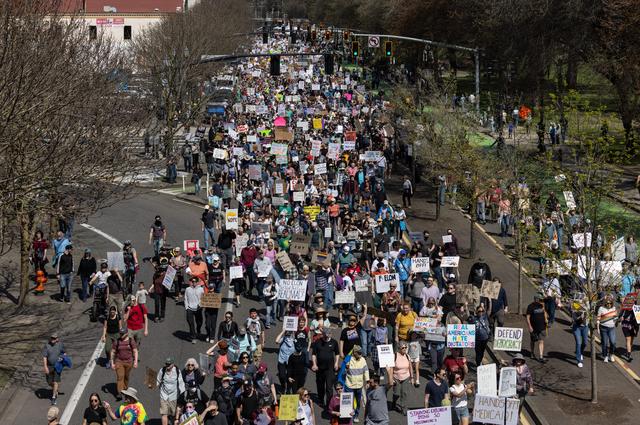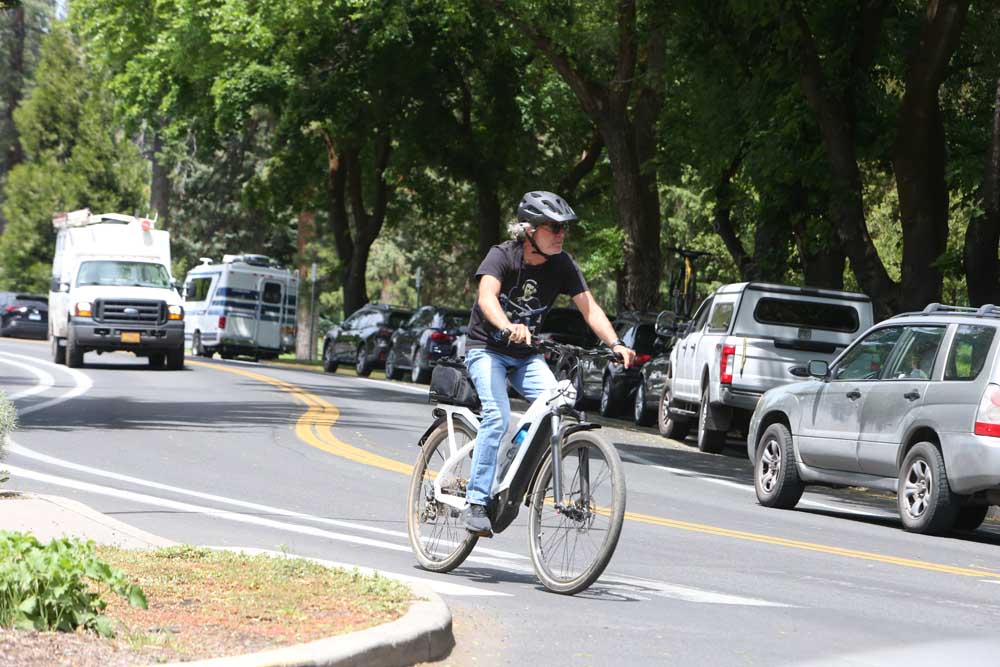Study bolsters Astoria’s seafood wastewater recovery project
Published 7:45 am Friday, January 24, 2025

- A byproduct recovery center could help seafood processors at the Port of Astoria.
The Port of Astoria is nearing the finish line in the first phase of a project aimed at treating wastewater from local seafood processors.
For the past several months, the Port has discussed the potential for a byproduct recovery center at Pier 2 in response to statewide concerns over new Oregon Department of Environmental Quality wastewater permit requirements. Seafood processors and industry advocates have argued the standards are impossible to meet.
A byproduct recovery center could ease the burden by allowing processors to consolidate wastewater to a single treatment facility managed by the Port.
In May, the Port Commission approved an application for a feasibility study for the project through Business Oregon, the state’s economic development agency. At the same time, they’ve been working with Aqua-Terra Consultants on a study to determine whether it’s possible to treat wastewater from four major processing plants in the county using an innovative patented technology developed by Alan Ismond.
As the study nears its conclusion, the results appear promising.
“Separate waste streams can be treated. The question was, what if we consolidate all of them, is that treatable?” Ismond, a chemical engineer with Aqua-Terra Consultants, told commissioners on Tuesday. “The answer is yes.”
Ismond said Aqua-Terra Consultants spent four months over the summer testing combinations of wastewater from various fish and shellfish. Once the company finishes testing crab wastewater samples next month, the work should be complete. From there, phase two would involve a pilot study to test the technology on a larger scale. The end goal is to use byproducts from the wastewater to create compost.
Ismond said he believes a byproduct recovery center would increase efficiency by creating an economy of scale.
“Having the Port take care of this, you have one consolidated facility, it’ll be done more professionally,” he said. “You’re better able to leverage good personnel when you have one large facility, versus having four small treatment plants.”
Matt McGrath, the Port’s deputy director, echoed similar sentiments.
Last week, the Center for Sustainable Infrastructure hosted a session in Astoria with the Port and other regional partners focused on industrial symbiosis — a concept centered on collaboration between industries to exchange resources and create value from waste. McGrath sees the byproduct recovery center as a prime example of efforts to make that concept a reality on a local level.
“When we really came away from this, one of our takeaways was that, instead of each industry trying to tackle the regulatory issues on their own, we need to come together as industry, period, and address this,” he said. “So not just the seafood processors, not brewers, not agriculture, but everybody coming to DEQ with a different language about what it means to be symbiotic.”






